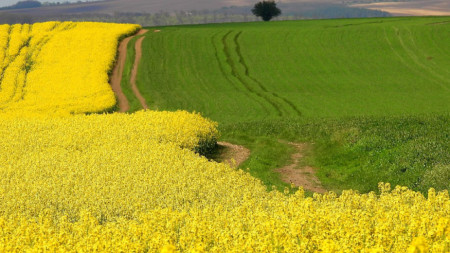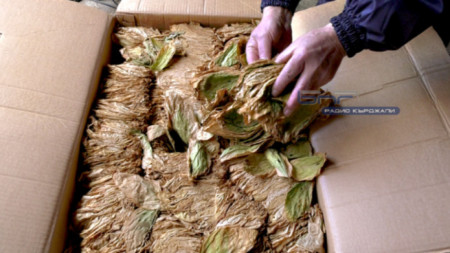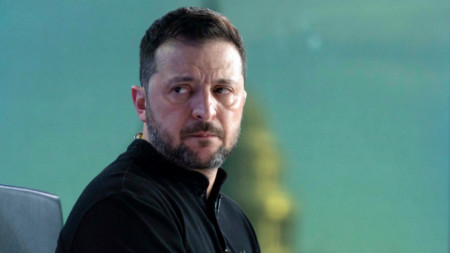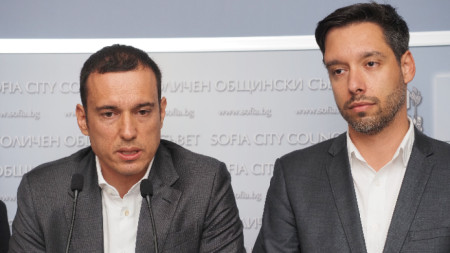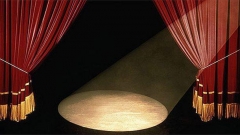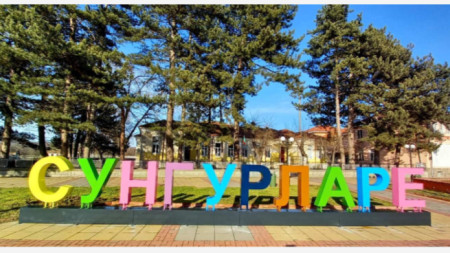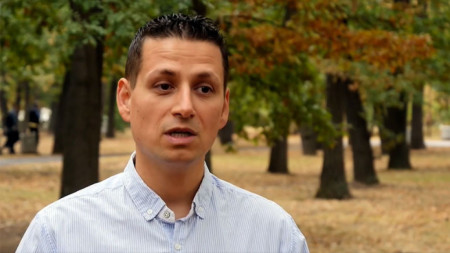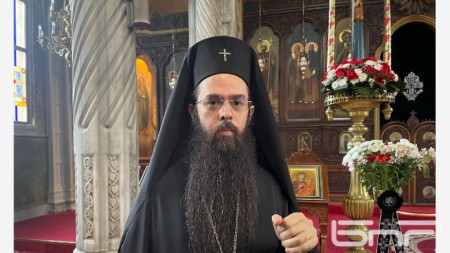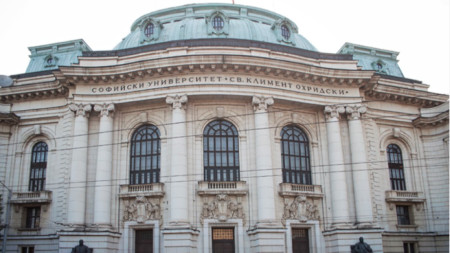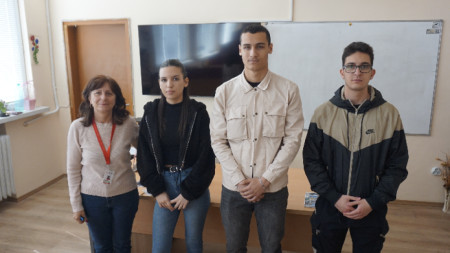Good Friday recalls the atoning sufferings of Christ

On Good Friday, the Church recalls the great sufferings of Jesus Christ, who accepted by His own will to be judged, scourged, spat upon, humiliated, slapped, and shown to the people in a purple robe, with a crown of thorns on His head.
With the heavy cross on His shoulders, Christ was led to a hill called Golgotha, near Jerusalem, to be crucified innocent, for the sins of humanity, between two criminals. In these moments of inhuman suffering and pain, the Savior prays to His Father, not for Himself, but to forgive His tormentors, giving the highest example of love for His neighbor.
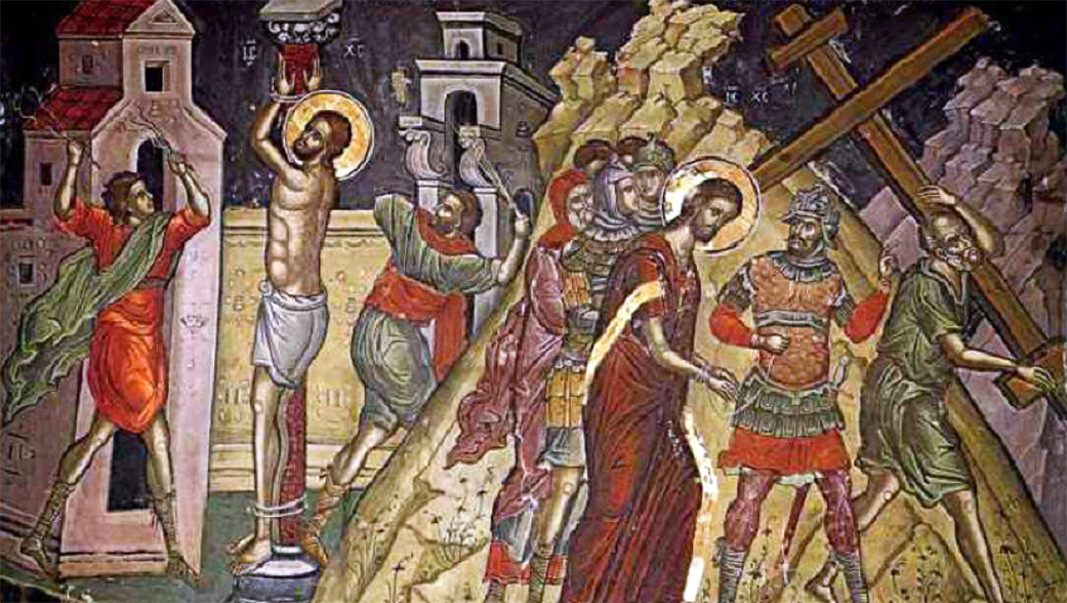
At this very moment, one of the criminals recognizes in Him the Son of God and asks for forgiveness for his sins. The Savior accepts the repentance of the criminal, who had committed the gravest of sins, and promises to take him with Him into the Kingdom of God. Thus, He gives hope to the faithful that there is forgiveness for those who sincerely repent.
On the Cross, Christ accepted death and breathed His last to save all of humanity from spiritual death. In that moment, it seemed as if all of nature trembled – the earth shook, and the sun hid its light.
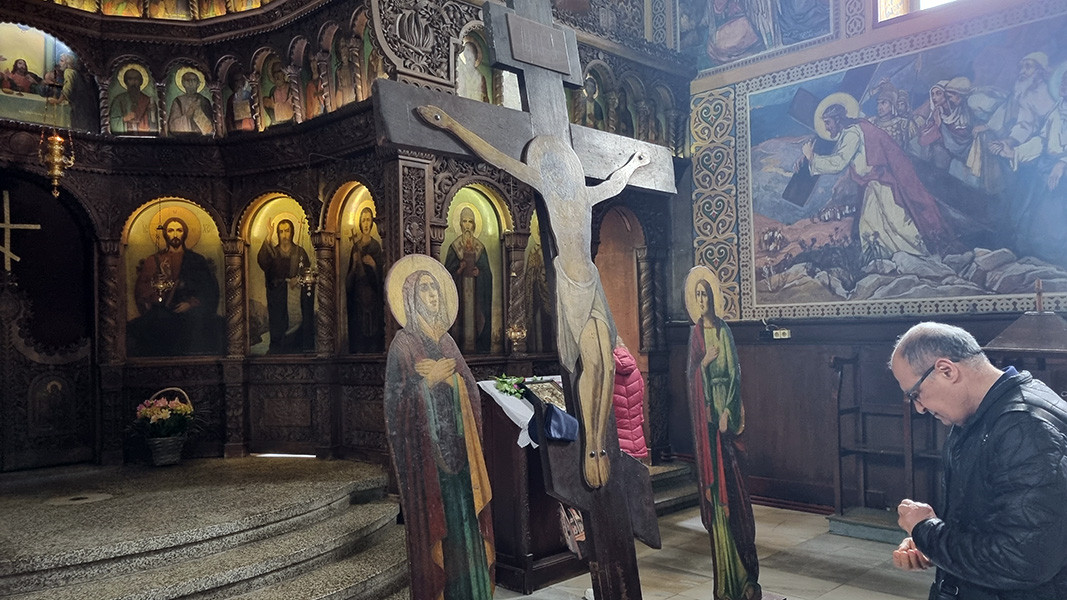
Good Friday is the saddest day for all followers of Jesus Christ, a day of mourning and repentance, but also a day of deep gratitude for the self-sacrifice of the Savior. There is no Holy Mass on Good Friday. Early in the morning, before the Divine Liturgy called the Royal Hours, Christ's flower-decorated "tomb" is placed in the middle of the church, in front of the Crucifix placed there on Holy Thursday.
Photos: archive, pravoslavieto.com, BTA




